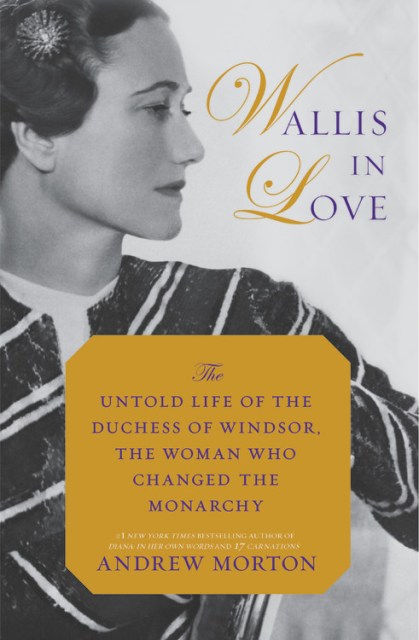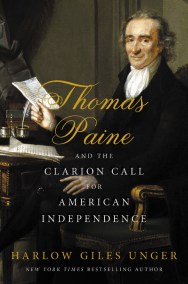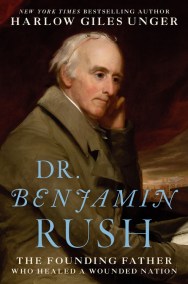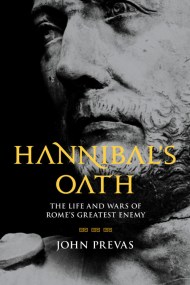Promotion
Use code BEST25 for 25% off storewide. Make sure to order by 11:59am, 12/12 for holiday delivery!
By clicking “Accept,” you agree to the use of cookies and similar technologies on your device as set forth in our Cookie Policy and our Privacy Policy. Please note that certain cookies are essential for this website to function properly and do not require user consent to be deployed.
Wallis in Love
The Untold Life of the Duchess of Windsor, the Woman Who Changed the Monarchy
Contributors
Formats and Prices
- On Sale
- Dec 11, 2018
- Page Count
- 400 pages
- Publisher
- Grand Central Publishing
- ISBN-13
- 9781455566952
Price
$17.99Price
$22.99 CADFormat
Format:
- Trade Paperback $17.99 $22.99 CAD
- ebook $11.99 $15.99 CAD
- Audiobook Download (Unabridged)
This item is a preorder. Your payment method will be charged immediately, and the product is expected to ship on or around December 11, 2018. This date is subject to change due to shipping delays beyond our control.
Buy from Other Retailers:
“You have no idea how hard it is to live out a great romance.” — Wallis Simpson
Before she became known as the woman who enticed a king from his throne and birthright, Bessie Wallis Warfield was a prudish and particular girl from Baltimore. At turns imaginative, ambitious, and spoiled, Wallis’s first words as recalled by her family were “me, me.” From that young age, she was in want of nothing but stability, status, and social acceptance as she fought to climb the social ladder and take her place in London society. As irony would have it, she would gain the love and devotion of a king, but only at the cost of his throne and her reputation.
In Wallis in Love, acclaimed biographer Andrew Morton offers a fresh portrait of Wallis Simpson in all her vibrancy and brazenness as she transformed from a hard-nosed gold-digger to charming chatelaine. Using diary entries, letters, and other never-before-seen records, Morton takes us through Wallis’s romantic adventures in Washington, China, and her entrance into the strange wonderland that is London society. During her journey, we meet an extraordinary array of characters, many of whom smoothed the way for her dalliance with the king of England, Edward VIII.
Wallis in Love goes beyond Wallis’s infamous persona and reveals a complex, domineering woman striving to determine her own fate and grapple with matters of the heart.
-
"The best account so far of the most notorious woman-and most dangerous threat to the British royal family-of the twentieth century. Andrew Morton presents a convincing picture of Wallis Simpson's rip-roaring sexual and social adventures and her curious marriage to the Duke of Windsor."Sarah Bradford, international bestselling author of Elizabeth: A Biography of Her Majesty the Queen and Diana
-
"Remarkable. Supersedes and surpasses all previous Wallis biographies with its wealth of new detail and insight. Andrew Morton's crowning achievement."Christopher Wilson, author of Dancing with the Devil: The Windsors and Jimmy Donahue
-
"The best known chronicler of the Royals, Andrew Morton provides tantalizing new details about the scandalous life of Wallis Simpson."Meryl Gordon, New York Times bestselling author of Bunny Mellon: The Life of an American Style Legend
Newsletter Signup
By clicking ‘Sign Up,’ I acknowledge that I have read and agree to Hachette Book Group’s Privacy Policy and Terms of Use







